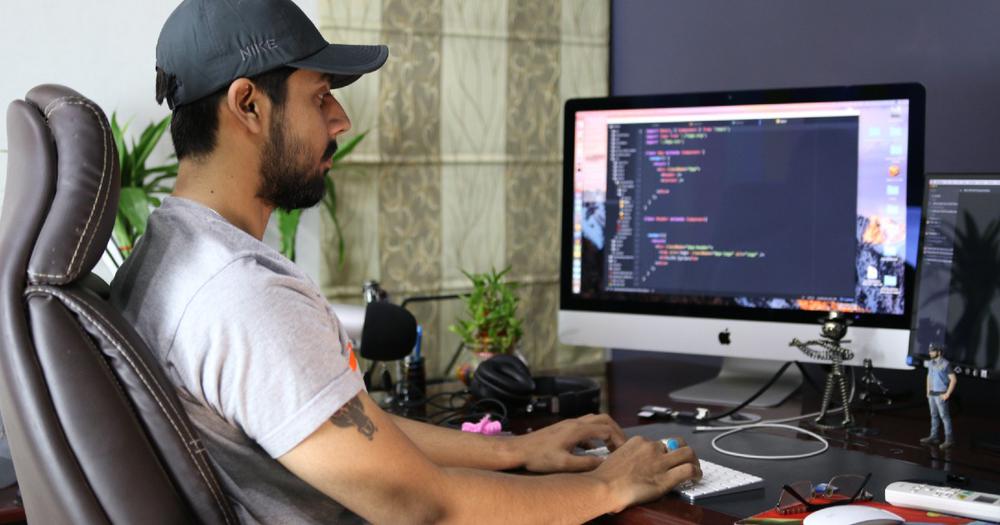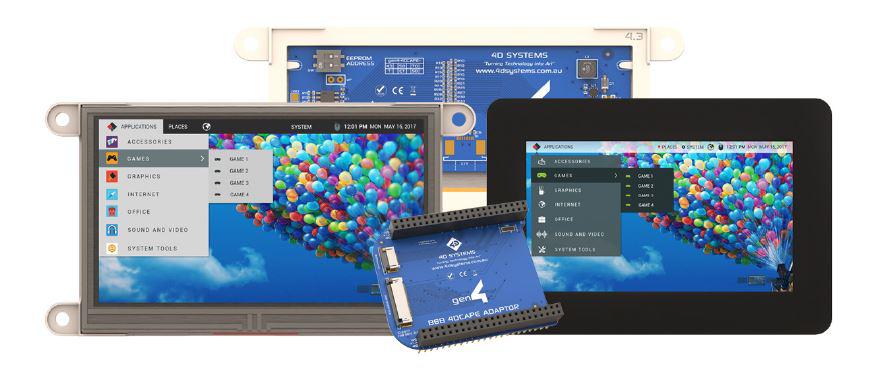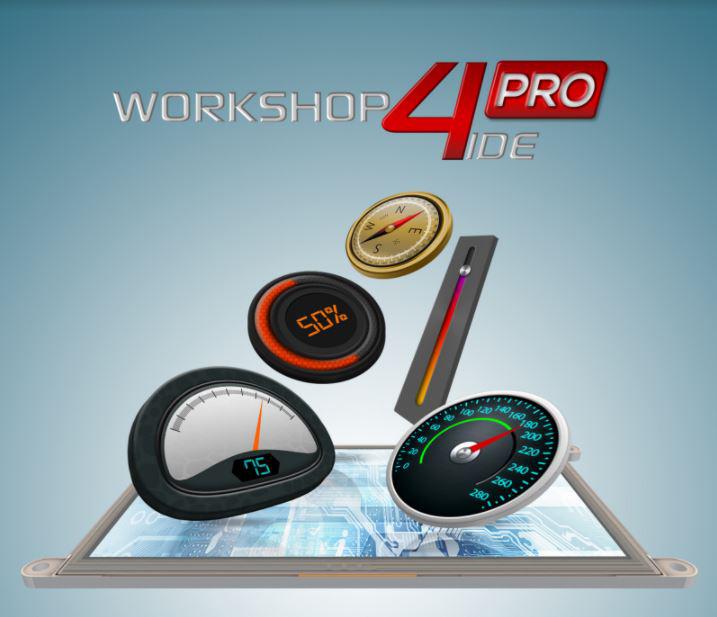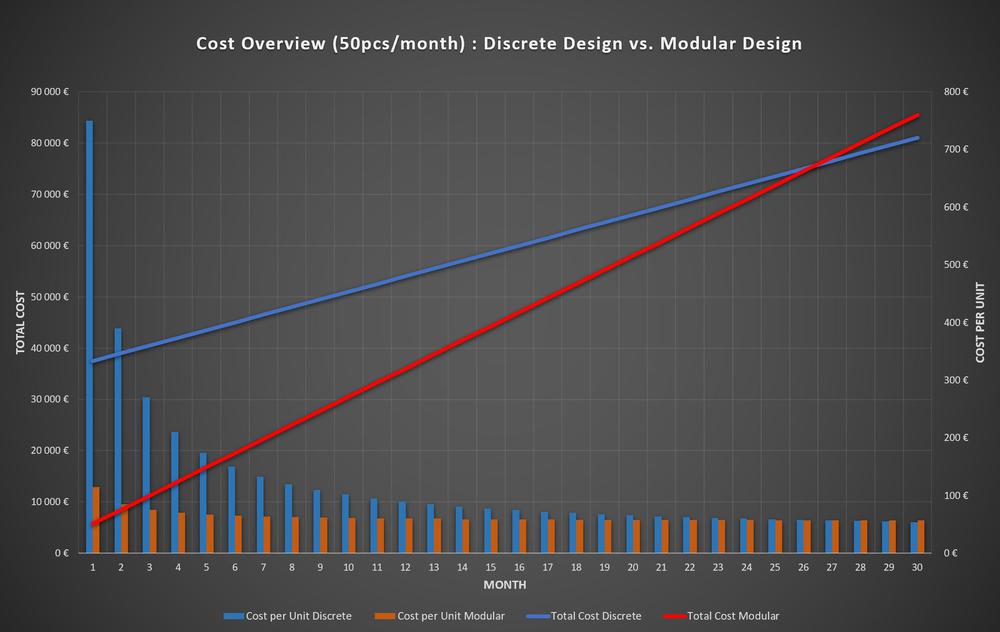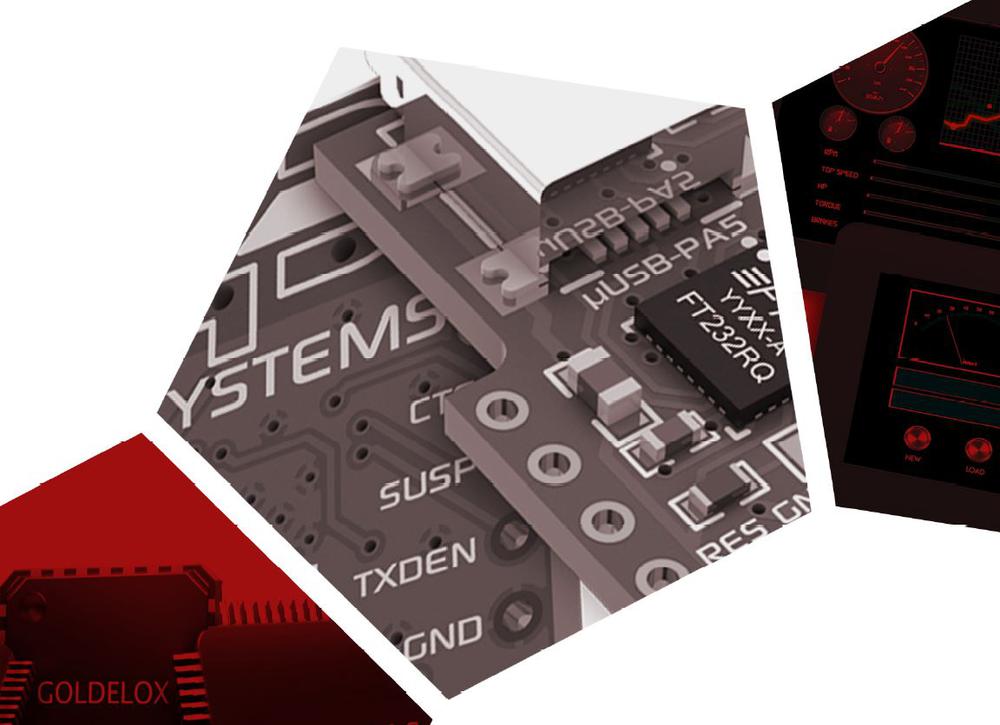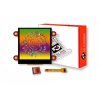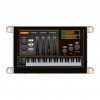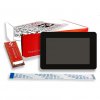Product development life cycles are getting shorter, and the pressure to shorten the time to launch new products is growing. Organizations are always looking for simpler and more flexible imaging solutions for their applications.
Modular solution versus discrete design
There are 2 ways to add a display to your design - either:
1. in several steps:
- design in discrete LCM,
- development of all required libraries,
- display control software (discrete design).
2. or using a standard intelligent display module that is ready for immediate use (modular solution).
Both these two options have their advantages and disadvantages regarding costs, flexibility, scalability, control over components, development time and complexity of development, etc. Both options should be considered in detail at an early stage of planning.
If we look only at the price of the material, a discrete design may seem like a more attractive option compared to the price of the finished module. However, given the time and resources required for the design itself compared to the finished modular solution, the benefits can be balanced.
The advantages of the discrete design itself: short-term and long-term cost benefits Advantages of the modular solution: ease of use and speed
Example of discrete design implementation
Let's take an example where an existing application or device is upgraded to include a graphical user interface (GUI) with touch functionality. That means replacing physical buttons or other input devices with a touch panel.This existing application device works on an 8-bit microcontroller (MCU) and needs to be upgraded so it has a colour graphic display with a touch interface. While most MCUs are able to connect to the LCD using a controller or a separate controller, the size and resolution of the display would be limited by the MCU's resources. The controller can be integrated into the MCU or into the display. For example, it is possible that an 8-bit MCU can control a two-line dot-matrix display, but may not have sufficient processing power to control something larger.
To create an engaging and graphically rich environment, the designer will need to add a significant amount of embedded software (libraries, image files) to the application. The development effort alone to make the LCD display as an output device is quite demanding. Adding a touch function will make it even more complicated and the LCD will be used as an input device.
Using this approach, considerable research and efforts are needed in order to focus on hardware and software development. After completing the application development and starting production, it is necessary to keep strict control of the incoming quality on the displays. There is always the possibility that something will change on the display without prior notice. This change may cause assembly problems and may require redesign or upgrade of the display controllers. To perform this task, a dedicated team of technicians may be required. However, the short life (production) cycle of most of today's TFT displays poses an even greater risk. Even though a replacement is almost always found, it is seldom a complete 1: 1 replacement, without the need for additional SW or HW redesign.
Although the development of your own stand-alone design provides more control over piece production (small series) and costs, it brings additional costs associated with increased engineering and development costs. We also take into consideration the time required to develop the steps mentioned above.
The additional level of complexity for small series production may affect the long-term availability of selected components. If one of the key components’ activity is interrupted, the redesign of the graphical user interface may be necessary and may cause extensive and costly assembly delays, i.e. product completion.
Example of modular design implementation
An alternative approach to display design is the use of a standard intelligent display module. Modules of this type usually include a standard interface such as I2C, SPI, or UART to communicate with the host. Some modules also include a built-in microcontroller that takes care of all the graphics and may also include various I / O and other peripherals that potentially allow the module to run the entire target application.Many modules have various built-in functions that allow relatively easy operation from the host MCU. Some modules come with a full-featured integrated development environment that integrates the design and construction of a graphical user interface as a part of the overall process of embedded design. Some of these IDE functions and drag-and-drop "WYSIWYG" development workflows enable extremely fast prototype and application development without the need to write a code.
The advantage of using a modular approach is that all drivers, basic elements and functions of the graphical user interface have already been developed and tested. The host MCU can also store all display tasks in the module so that the host can devote all its resources to the main application.
This way, engineers can focus on the actual design of the graphical user interface without worrying about the low-level development. Basically, it's starting the overall development and eliminating the months of time spent on getting basic things setup.
Currently, various intelligent module solutions are available. One such solution is available from 4D Systems in a variety of display modules of several sizes and touch options that are programmed using the 4D Workshop4 IDE integrated development environment.
The gen4 series of HMI modules have been designed to work with almost any form of host MCU or processor. This also works for small devices with a low number of pins, as all the interaction between the display module and the host takes place via simple serial connection, which is supported by majority of MCUs.
The display module removes all lower-level design requirements, and the developer can focus on developing a true graphical user interface and basic application.
Prototypes can thus be completed within a few days and the final application can be ready within a few weeks, which radically shortens the time to market.
Cost analysis – discrete design vs modular design
Let's have look at a possible cost analysis scenario to see what the numbers say. As an example, let's look at a scenario in which a 4.3-inch LCD display with capacitive touch and cover glass is designed for an existing application. We will mention both approaches for comparison.
Example of a design specification
• Project lifetime: 2 years• Total volume required: 1,200 pieces
• Delivery volume: 50 pieces per month
Discrete design
• Two development engineers are needed for development and design.
• Estimated annual salary costs per engineer: 36,000€ / year
• Development time is 6 months.
• 6-month development costs: 18,000€ x 2 development engineers
• Estimated unit cost for 4.3" LCD display and peripherals: 30€
Modular design:
• One development engineer is required to create a design.
• Estimated annual salary costs for an engineer: 36,000€ / year
• Development time is 1 month.
• 1 month development costs: 3,000€
• Estimated unit cost for the 4.3” smart display module: 55€
We start the modular design with an initial cost of 3,000€.
We start the discreet design with an initial cost of 36,000€.
Production phase:
3.000 Eur + 1200*55 = total production costs for modular design
36 000Eur + 1200*30 = total production costs for the discreet design
Module development costs are significantly lower compared to discrete design development costs.
The total unit cost for the first batch of 50 pieces is also significantly lower with the modular approach with 115€ compared to 750€.
For example, the total monthly unit cost for the first batch of 200 pieces is also significantly lower with the modular approach of 70€ compared to 210€.
With a production volume of 1,320 pieces of displays, the costs of these 2 different approaches to development and production are balanced.
When the development costs of a discrete design pay off over time, the total cost per unit decreases.
We can thus conclude that choosing a modular solution with volumes below 1,320 units is more cost efficient than a discrete design. If all variables except volume remained the same in this example and the volume requirement was much higher, a discrete design would be more cost efficient. However, a module supplier would also be able to provide a more cost-efficient price at higher volumes. This can potentially significantly reduce the cost advantage of discrete design at higher volumes.
In this example, we make a few generalizations and look only at the cost aspect of these two approaches. Even though it is very important to look at the price, it is necessary to mention all the other advantages and disadvantages associated with any of the approaches. A huge benefit of using an intelligent module is the significant reduction in time for product design and marketing, which can sometimes be crucial for being successful on the market.
Conclusion
Engineers often face the challenge of incorporating a full-featured graphic display with touch screen into a new product or designing an upgrade to an existing product. They are facing the decision whether to choose the path of development or choose a modular solution.
The traditional method of designing a solution from scratch would most likely prevent many developers and companies from updating or upgrading their devices. One of the problems is the lack of financial resources, know-how and information on alternative solutions that engineers should have available.
In the preliminary evaluation, the price of a modular solution may at first sight appear to be an obstacle. Moreover, a closer examination of the costs may lead you to a conclusion that a modular solution is expensive. The truth is, in fact, quite the opposite, especially for applications with lower annual volume requirements.
Therefore, we strongly recommend analyzing and reviewing all options before embarking on a specific design path. Product life cycles are getting shorter and designs need to be renewed more often, therefore solutions that facilitate the design and implementation process are an important benefit. And not only for the display, but also for other embedded technologies.
Source: 4D Systems
Do you like our articles? Do not miss any of them! You do not have to worry about anything, we will arrange delivery to you.
